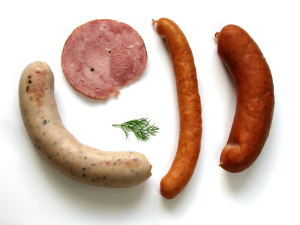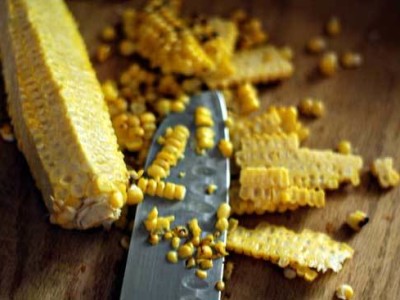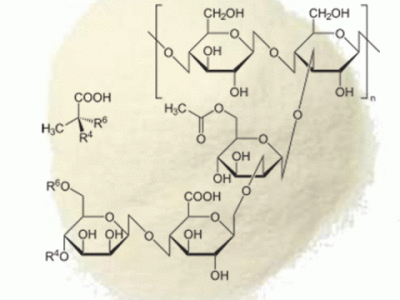
IS TALLOW PALEO?

Is Tallow Paleo?
Tallow is animal fat traditionally used in cooking, and known for its stability and high resistance to heat. It’s made through a process called rendering, which literally translates as melting down, and in this case, it’s fat. Tallow itself is generally made from beef, but other animal fats are rendered as well (i.e. fat rendered from pork is lard). The two basic ways to render fat include dry rendering and wet rendering, both of which can be done in the oven, slow cooker or on the stovetop.
If you haven’t guessed, tallow is indefinitely paleo. There really isn’t any question there. It provides a savory flavor in cooking and is sought after not only for its taste, but also its resistance to heat damage. In fact, it is more resistant than coconut oil and even lard, due to its high saturated fat content. Tallow is 50% saturated fat, 42% monounsaturated fat, and 4% polyunsaturated fat. If you recall, you don’t want to heat polyunsaturated fats much because they will oxidize and can cause inflammation in the body. This is why a high level of saturated fat or a combination of saturated and monounsaturated fatty acids are desired in cooking.
Whether you buy or make your own tallow (supposedly it’s pretty easy to make), be sure it’s coming from grass-fed sources. Most tallow sold in the stores is hydrogenated, so you’ll definitely want to avoid it. Additionally, steer clear if it’s not coming from a grass-fed source, since grain-fed animals have fewer nutrients in their fat and a higher ratio of inflammatory omega-6s. Your best bet is to either make it yourself or buy it from a trusted vendor, such as US Wellness Meats.
Do you cook with tallow? If so, do you make your own? What’s your opinion?



